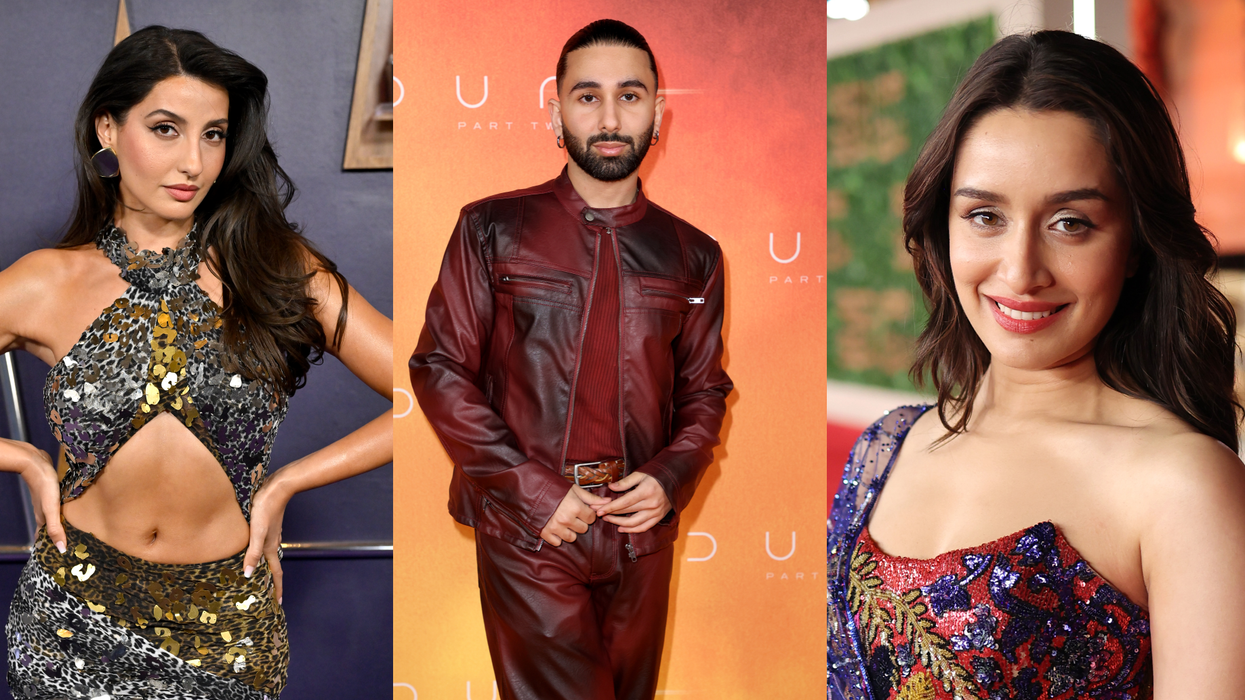WHILE it’s true that stand-up comedy first gained prominence in western culture, India’s comedy scene has emerged as one of the fastest-growing in the past decade.
In recent years, there has been an influx of top talents who have presented humour in a unique way and risen to prominence with successful shows. They have left an indelible mark on live Indian comedy, and many have made waves internationally.
So, who are the 20 funny Indian stand-up stars to watch out for? Let’s find out.
Vir Das: India’s most popular English-language stand-up comedian made the whole nation proud by winning an International Emmy award in November 2023 for his Netflix comedy special, Vir Das: Landing. The high-calibre talent has taken the leap from being an
acclaimed actor to sold-out arena shows around the world as a stand-up comedian. He has beautifully balanced acting on multiple platforms, from TV to films, with a thriving standup career, including a current world tour spanning 33 countries.
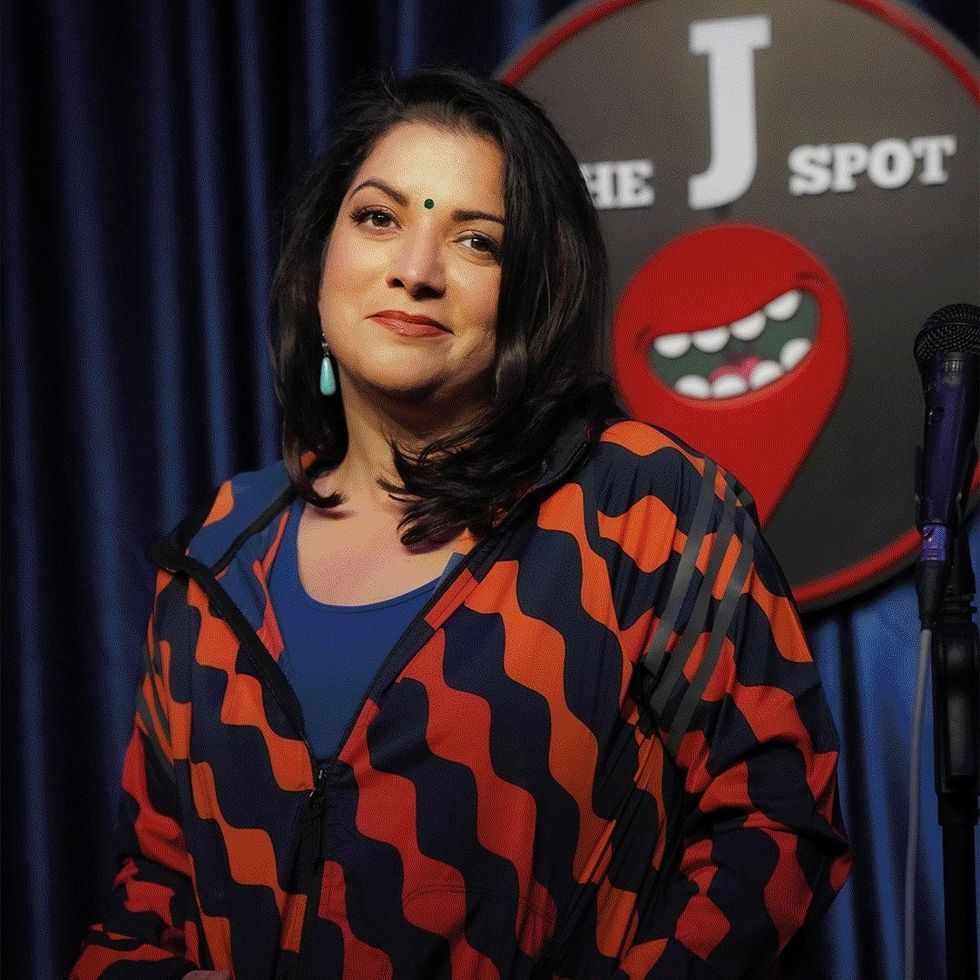
Aditi Mittal: One of India’s first female stand-up comedians has been defined by her fearless approach. The pioneer has performed all over the world and is regularly ranked among the top 10 live comics from India. Her stand-up specials on streaming sites include Things They Wouldn’t Let Me Say, Girl Meets Mic, and Mother of Invention. Her jokes mostly delve into her Indian culture from a woman’s perspective. She has also helped nurture new talents through stand-up comedy workshops.
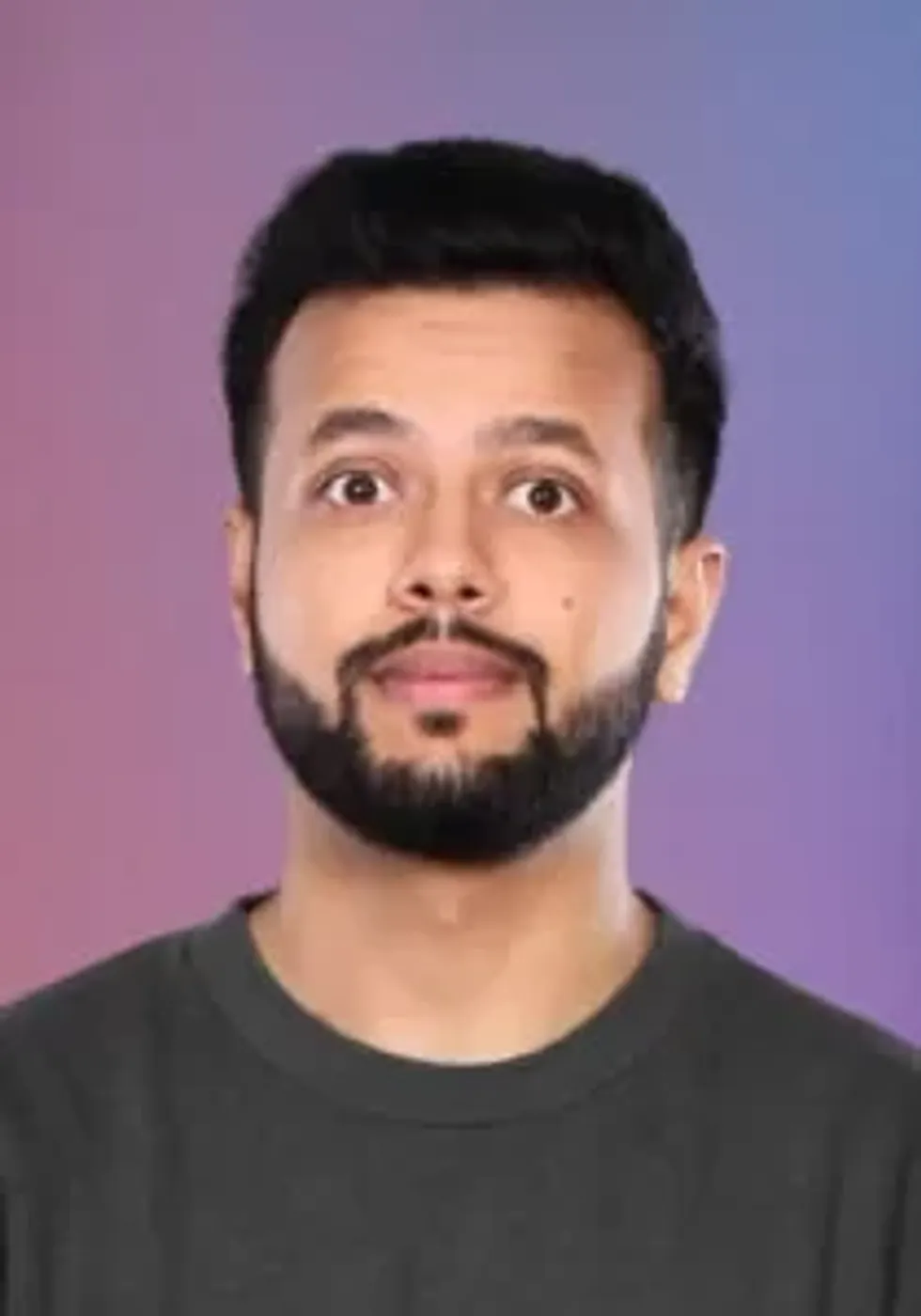
Sapan Varma: One of India’s most prominent new generation comedians, Sapan Varma is known for his sharp wit, keen observations and no-holdsbarred approach to comedy. The co-founder of India’s leading comedy collective, The East India Comedy, he has entertained audiences worldwide with over 1,500 shows across India and abroad, including in China, USA, Spain and Japan. His first Amazon Prime special, Obsessive Comedic Disorder, as well as One Mic Stand, set up the multi-talented star for further success.
Zakir Khan: With over 7.7 million subscribers on YouTube and more than 6.2
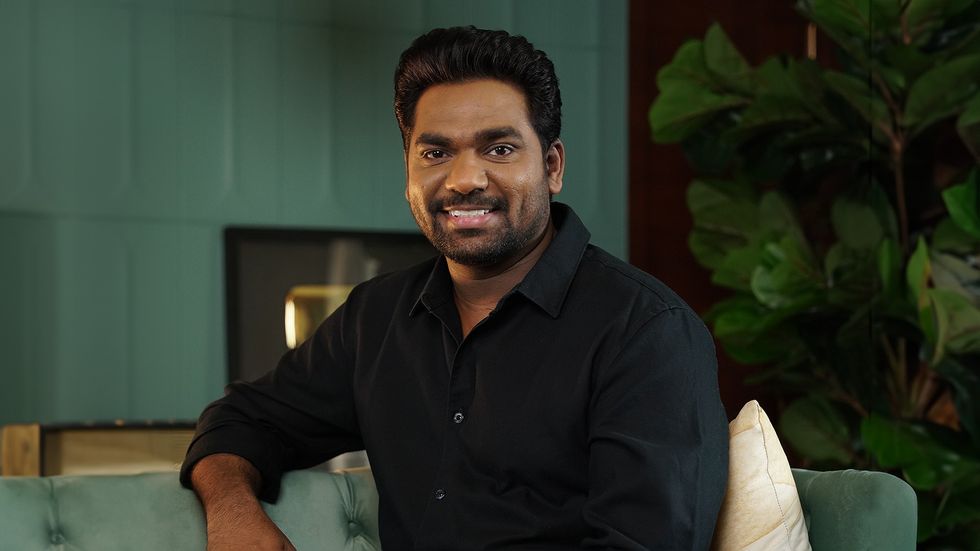
million followers on Instagram, India’s biggest Hindi-language stand-up comedian regularly plays to packed out arenas around the world. He both wrote and played the lead role in the Amazon Prime series, Chacha Vidhayak Hain Humare. His stand-up specials on the same platform include Haq Se Single, Kaksha Gyaravi, Tathastu and Mannpasand. In October 2023, the fabulous funny man became the first Asian comedian to perform a solo show at the iconic Royal Albert Hall in London and received a 20-minute standing ovation.
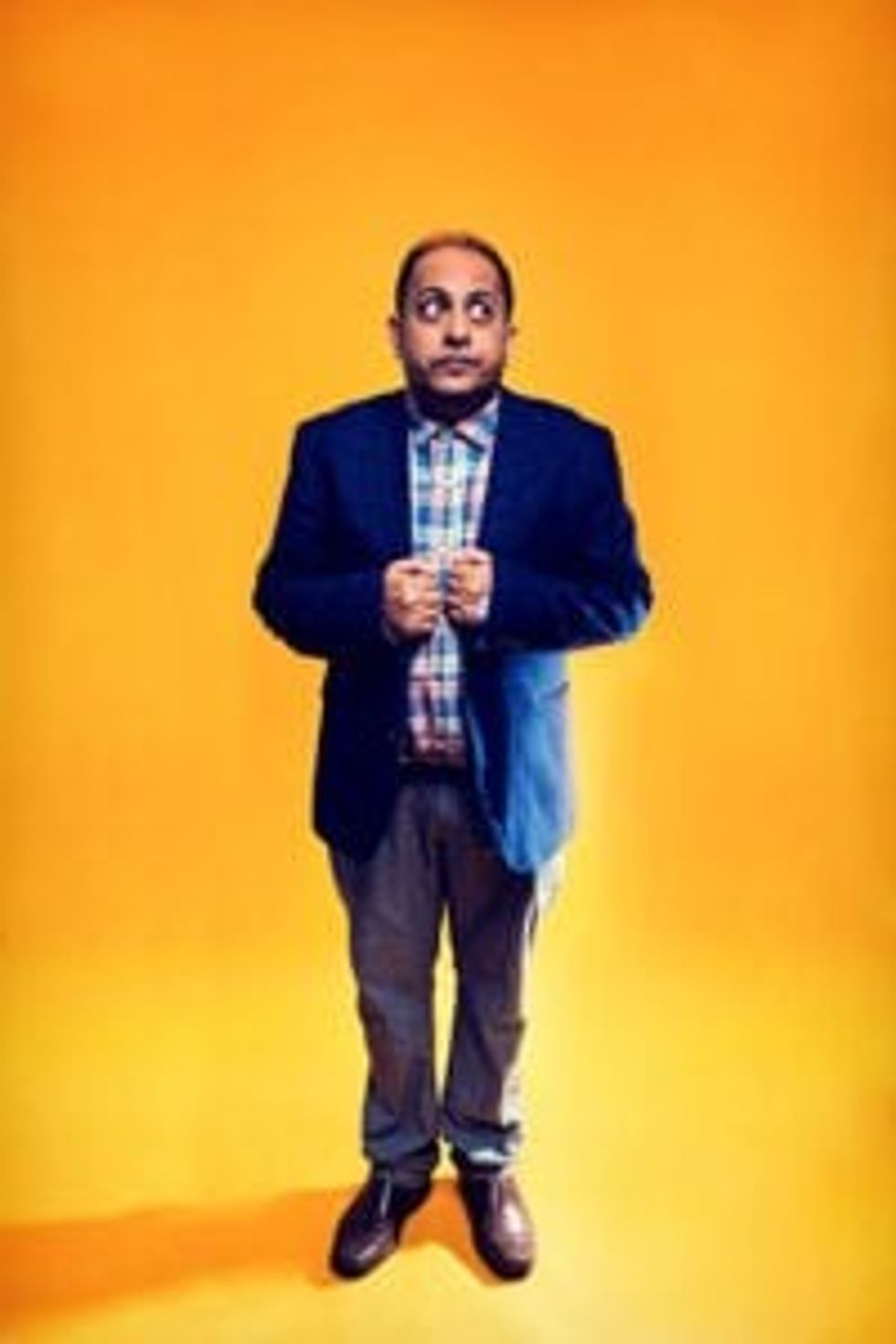
Anuvab Pal: Hailed as “India’s most intelligent comedian” by the New York Times and dubbed “India’s answer to British wit” by the BBC, Pal has showcased his comedic brilliance at prestigious venues worldwide, including Harvard University and for political dignitaries. His stand-up comedy special, The Nation Wants To Know, delving into the complexities of contemporary India, has amassed over 1,000 shows across 35 cities globally. Additionally, his acclaimed show exploring the history of the British empire in India toured 12 cities worldwide and enjoyed a successful run at the Edinburgh Fringe.
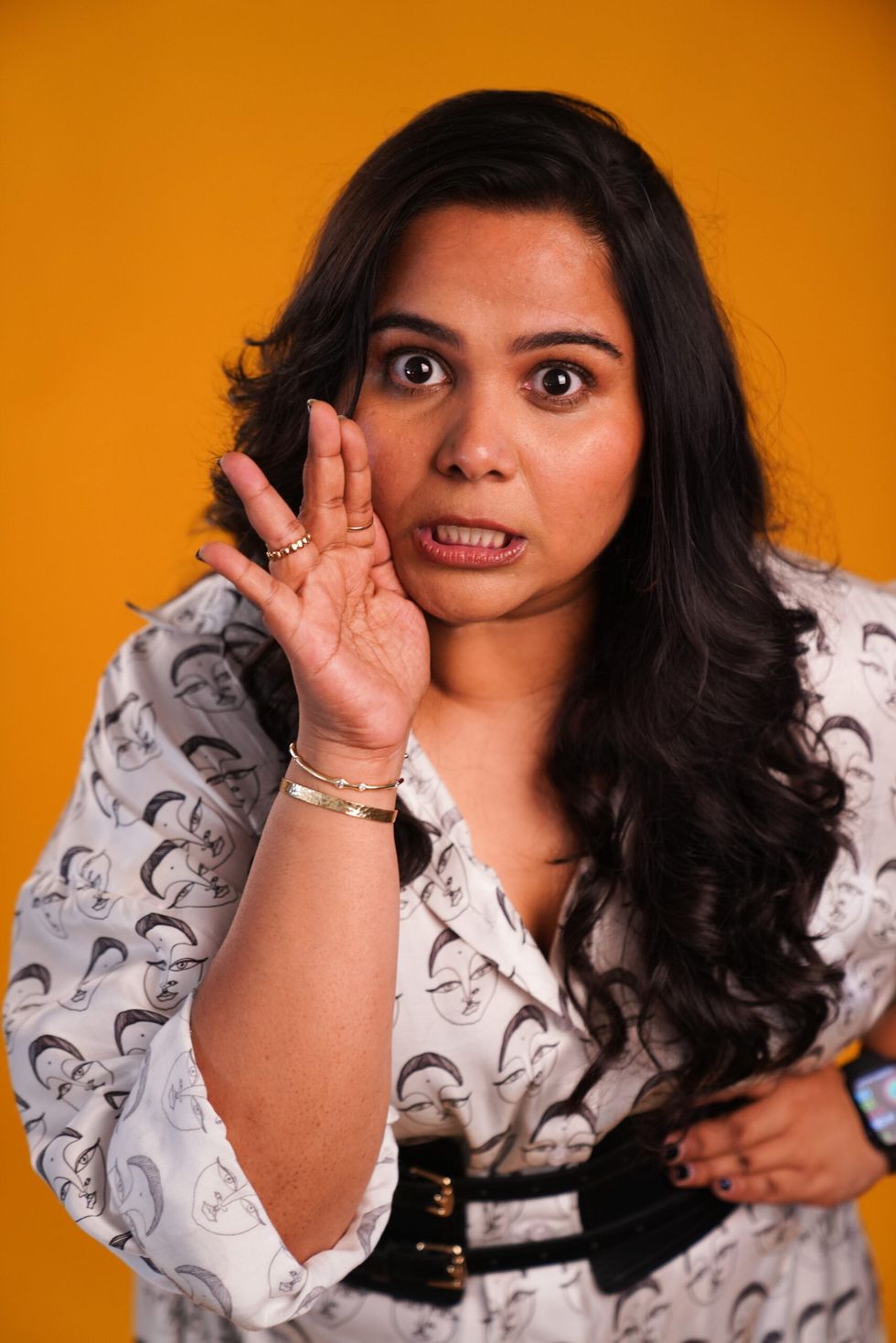
Sumukhi Suresh: The award-winning stand-up comedian, writer and showrunner first drew attention through her YouTube sketch series, Behti Naak, and her performances in the mockumentary web series, Better Life Foundation. She further solidified her reputation by creating, writing and starring in two seasons of the critically acclaimed Amazon Prime Video show Pushpavalli. Suresh also created and starred in other productions for various streaming platforms. She started her own company, Motormouth, to support aspiring talent, but is at her best performing high-energy stand-up shows.
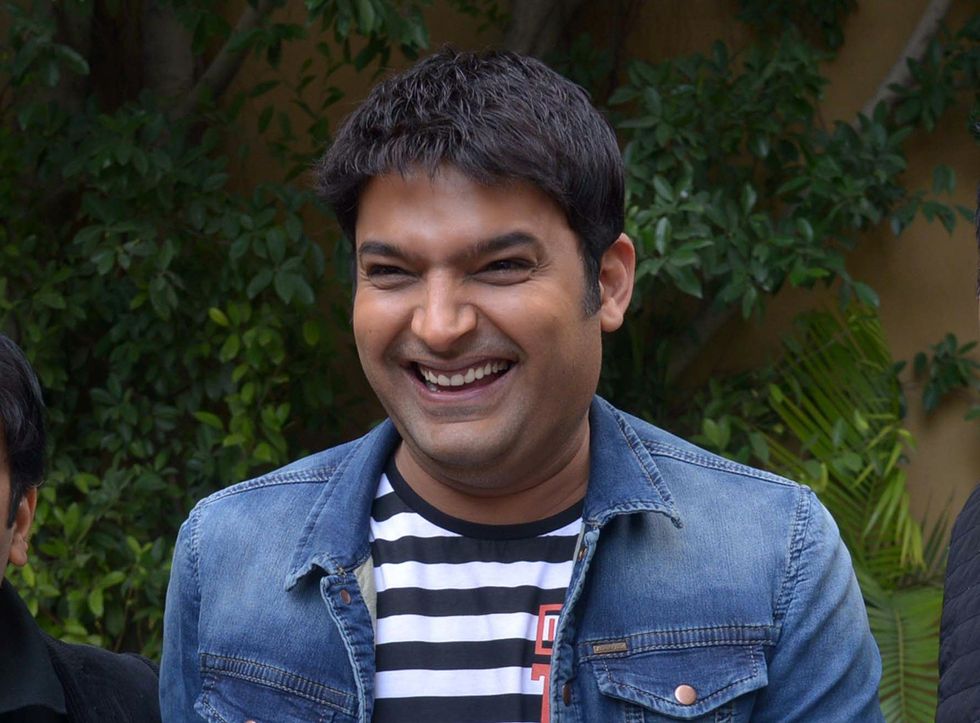
Kapil Sharma: He may be known as a top TV personality, but the Indian funny man has his roots in stand-up comedy and regularly performs to packed out arenas globally. He rose to fame in 2007 after winning the reality television show, The Great Indian Laughter Challenge.
This was followed up with the massively successful TV shows, Comedy Circus, Comedy Nights with Kapil and The Kapil Sharma Show. The multi-talented star has balanced TV work with acting in films and performing his unique brand of comedy to live audiences. Sharma recently partnered with Netflix for a brand-new comedy show.
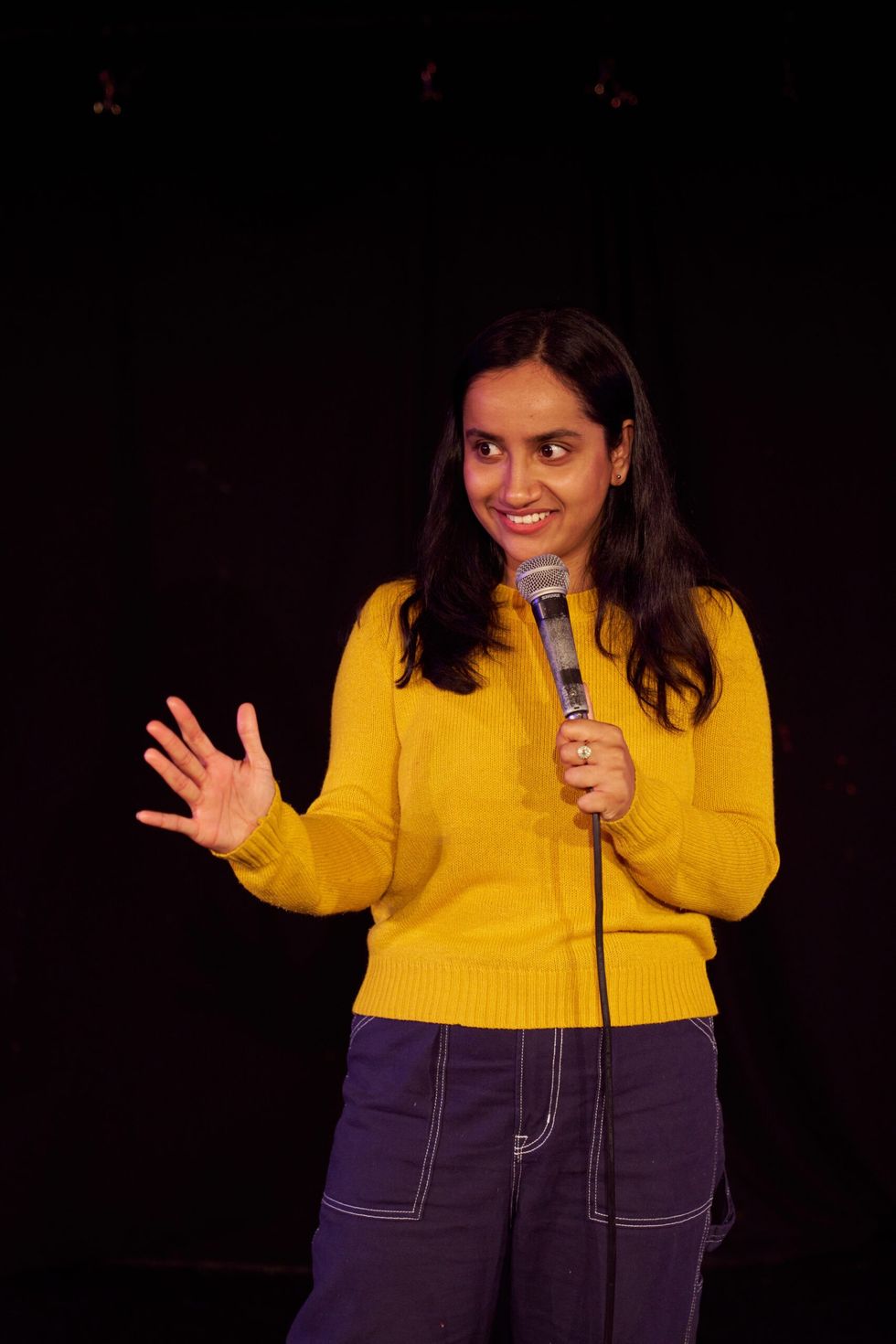
Urooj Ashfaq: The Mumbai-based stand-up comedian created history when she became the first Indian to bag the best newcomer award at the prestigious Edinburgh Fringe festival in 2023. After a series of successful shows in London, she embarked on her debut UK tour earlier this year with the awardwinning show Oh No, which draws on her personal experiences, including therapy and cultural differences. The fast-rising star has set herself up for a huge future and inspired others with her amazing award win.
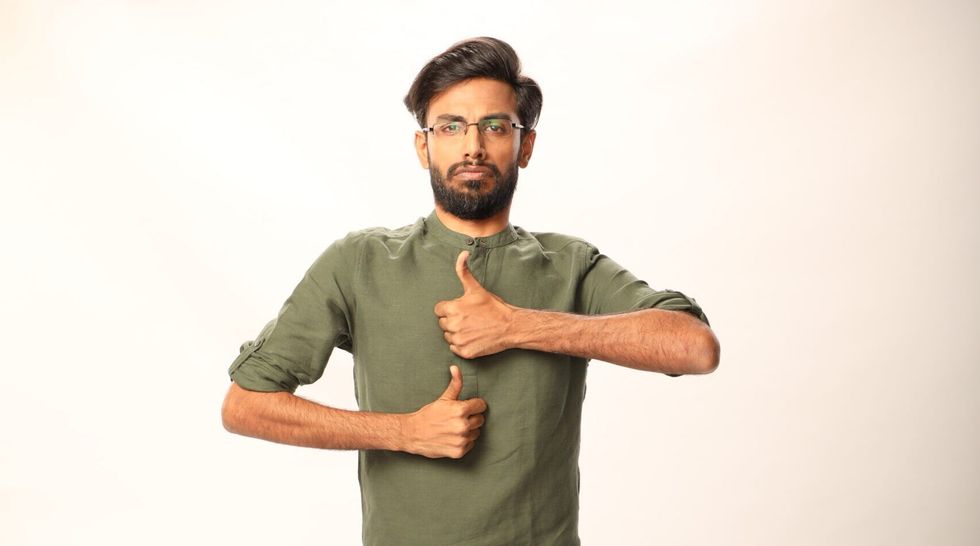
Biswa Kalyan Rath: The funny man quit his day job at Oracle in 2014 to pursue a stand-up career. Such was his rapid progress that he embarked on a solo national tour the following year. He has since then balanced various projects across streaming sites, including judging reality show Comicstaan and creating the web series Laakhon Mein Ek with live performances. Known for his ability to intrigue audiences with relatable one-liners and jokes, the comedian launched an exclusive masterclass for aspiring stand-up comedians in 2020. He also made a winning debut at the Edinburgh Fringe in 2023.
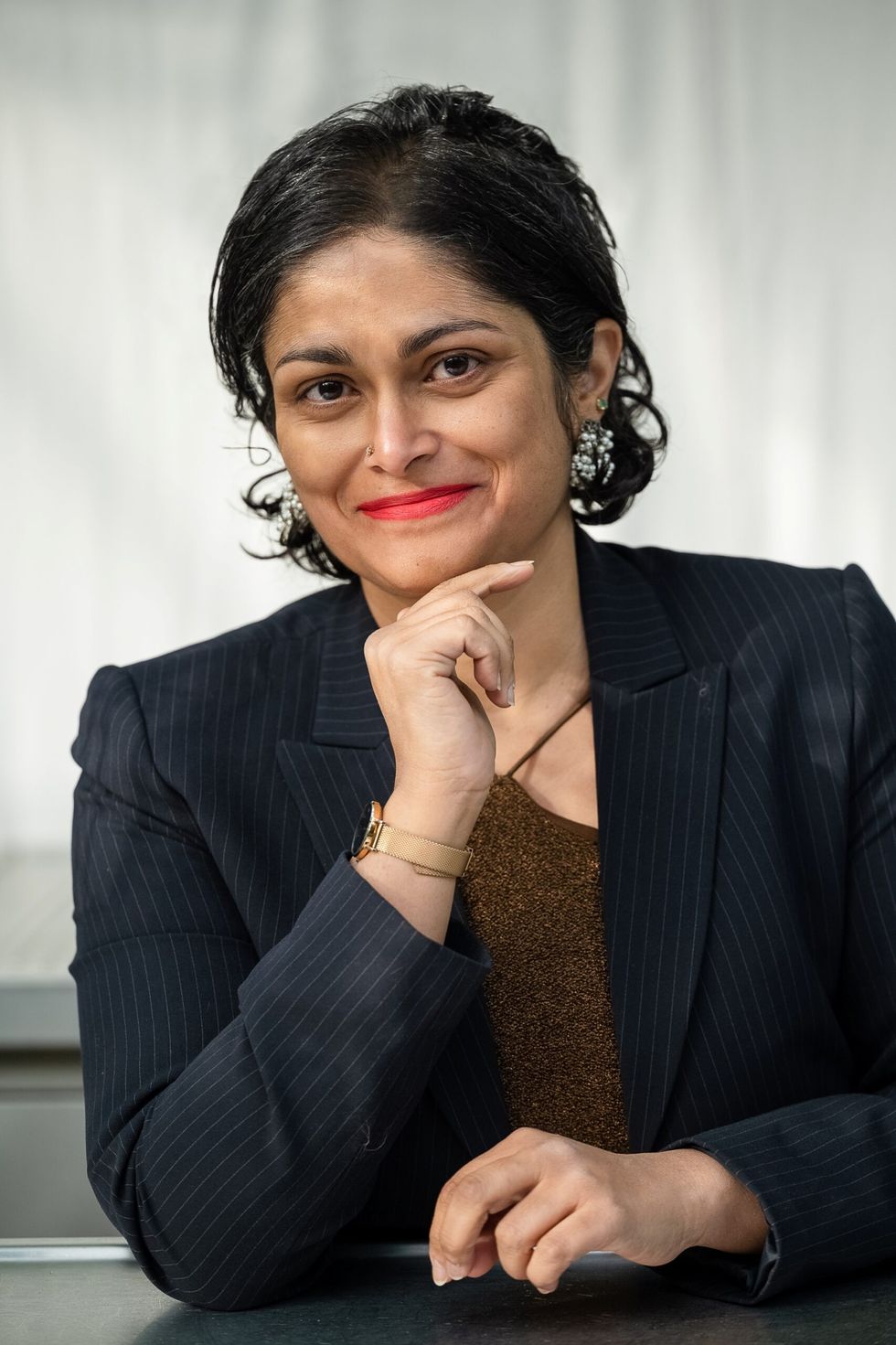
Anu Vaidyanathan: This trailblazer made history as the first Asian to complete the gruelling Ultraman Canada triathlon, featuring a daunting 10-km swim, 430-km bike ride, and 84.4-km run. Transitioning from the world of sports to the realm of comedy, the passionate speaker, author and stand-up has delighted audiences with unique shows, including BC: AD (Before Children, After Diapers), which explores how motherhood transforms the meanings of words and the world. In 2023, she made her Edinburgh Fringe debut with her stand-up show, Blimp. She has regularly delighted diverse audiences, from India to off-Broadway in New York, with her thoughtprovoking humour.
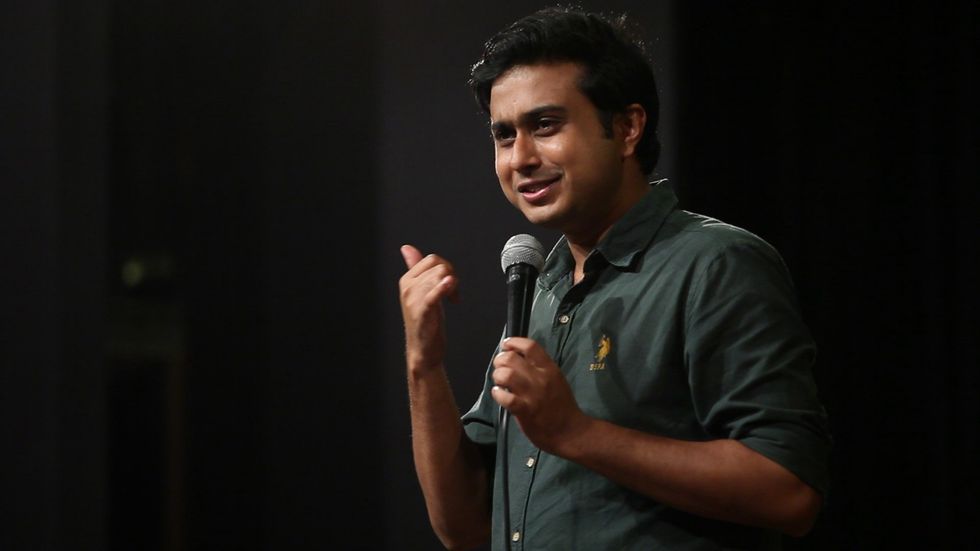
Anirban Dasgupta: Credited with kickstarting the live comedy scene in Kolkata, the former engineer was inspired to start stand-up after seeing YouTube videos of Canadian sensation Russell Peters. With 166,000 YouTube subscribers and 181,000 Instagram followers, he has performed more than 400 stand-up shows. The comedian uses political issues, inter-community marriages, corporate life, the advancement of social media, and various current affairs events as fodder for his laughter-filled acts. He released his stand-up special Take It Easy and the comedy series Afsos on Amazon Prime.
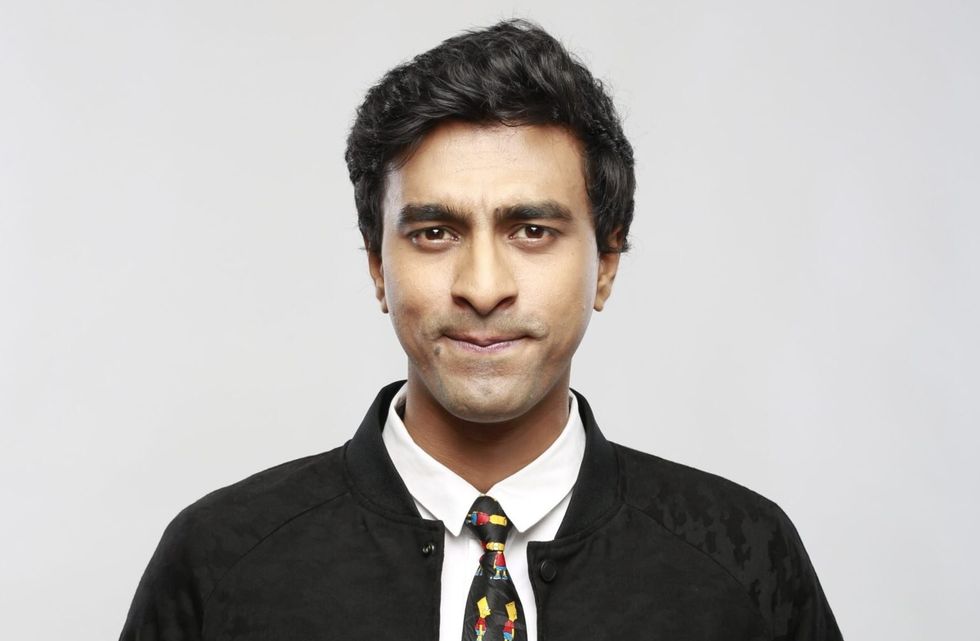
Varun Thakur: One of the pioneers of stand-up comedy in India has been putting a smile on people’s faces since 2012.
His mostly English performances give a humorous spin on day-to-day lives with self-deprecatory jokes. He co-founded SnG Comedy, a popular collective with 787,000 YouTube subscribers. The popular star has also performed comedy as his alter ego, Vicky Malhotra, a struggling actor, and regularly tackles taboo issues such as drugs. The fabulously talented funny man added to his many acclaimed shows with a performance at the Soho Theatre in London in 2023.
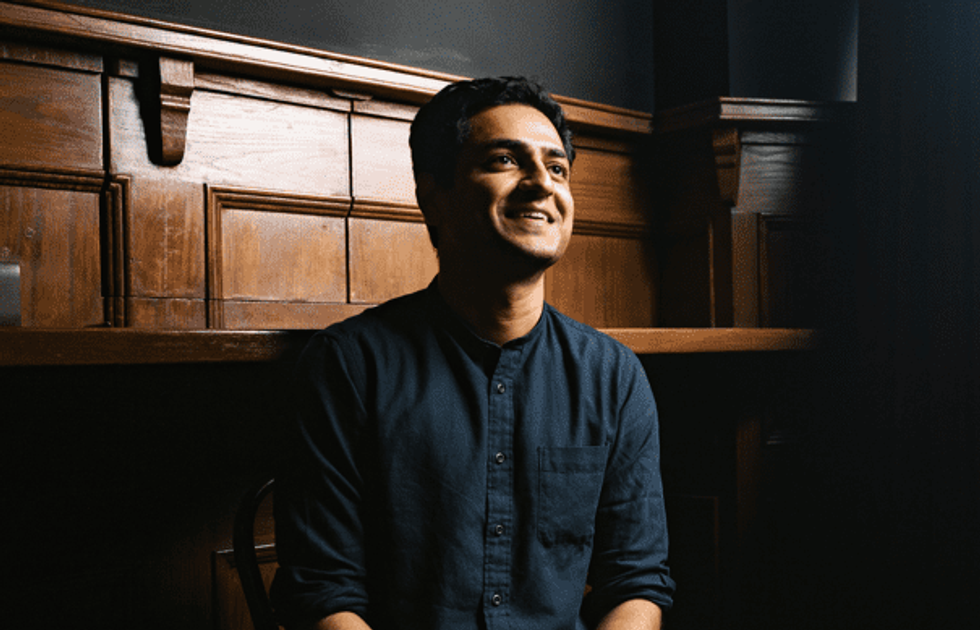
Kenny Sebastian: Known for his light-hearted examination of Indian peculiarities, the massively popular English-language stand-up star is often hailed as the future of Indian comedy. With a million Instagram followers, he has performed over 2,000 shows globally.
Sebastian headlined the Amazon Prime special, Don’t Be That Guy, Comedy Central’s The Living Room, and the sci-fi comedy web series, Star Boyz. He also served as a judge for the reality show, Comicstaan. In 2023, he embarked on one of the largest world tours headlined by an Indian stand-up, with his solo show, Professor of Tomfoolery.
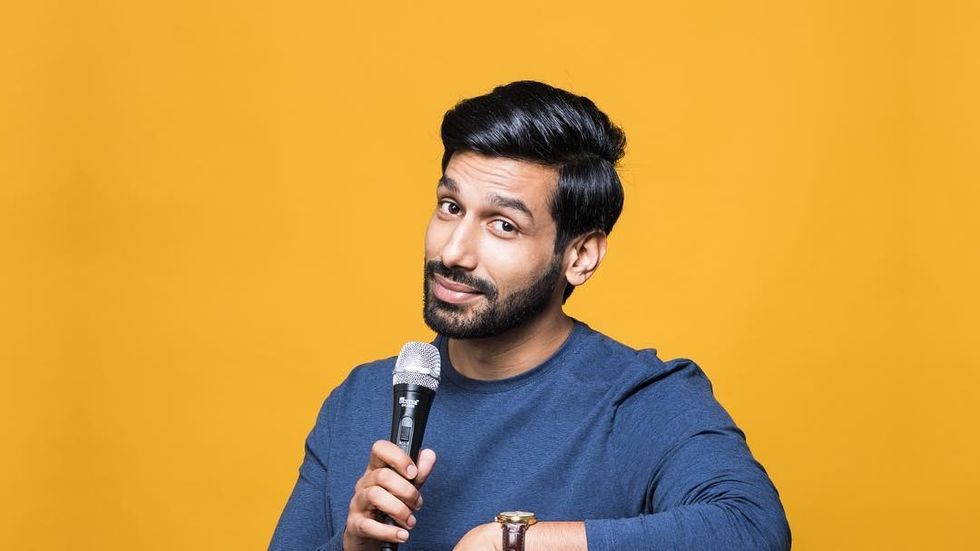
Kanan Singh Gill: The stand-up comedian, actor, and YouTuber is most popular for hosting his YouTube show Pretentious Movie Reviews with his comic partner, Biswa Kalyan Rath. He was one of the main pillars behind the YouTube Comedy Hunt and co-hosted the YouTube FanFest India.
The multi-talented star has also worked on the improvised sketch comedy show The Living Room. In 2017, Amazon Prime released his one-hour comedy special, Keep It Real. In 2018, he teamed up with the platform again to judge Comicstaan.
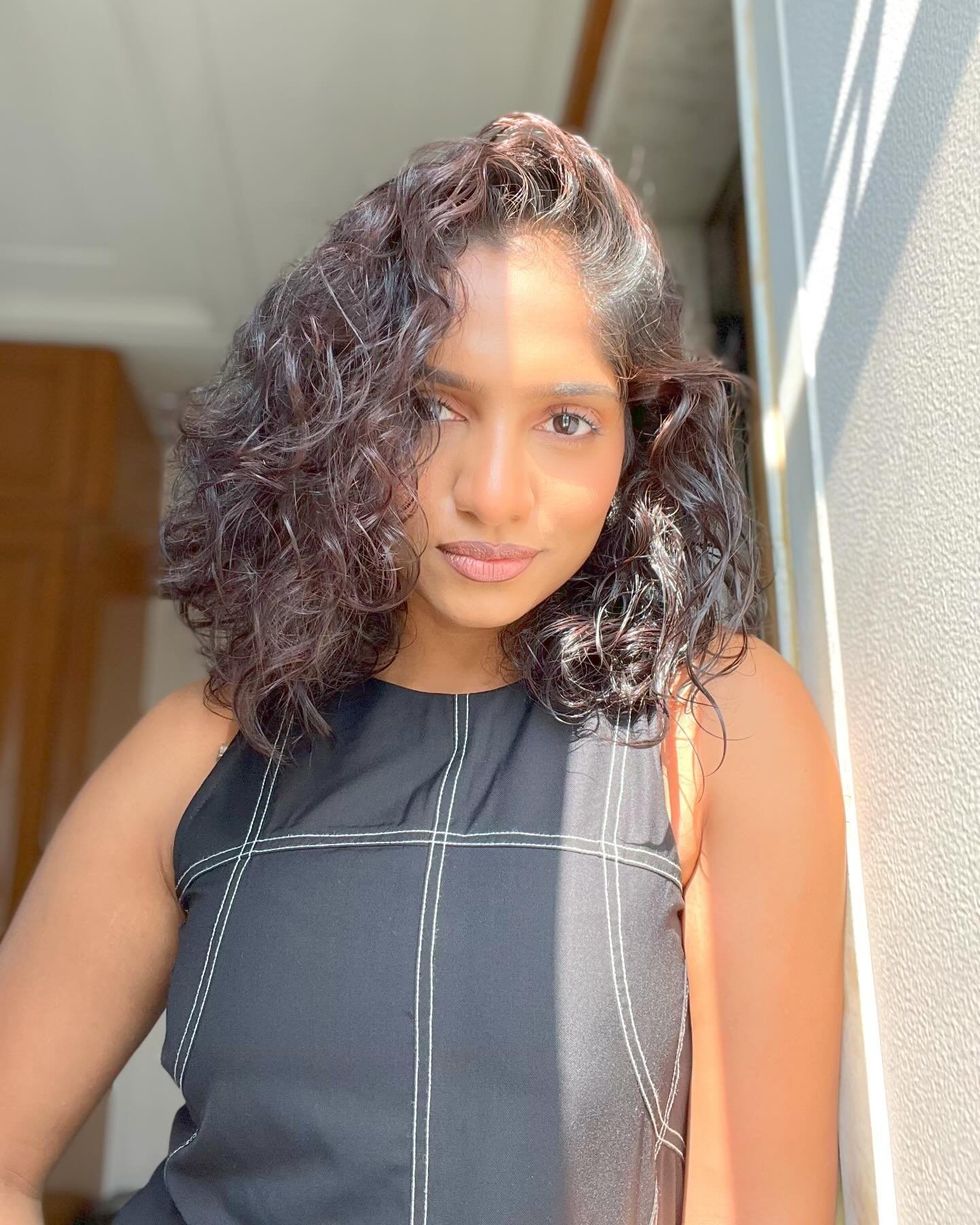
Jamie Lever: The former marketing executive followed in her legendary father Johnny Lever’s footsteps and pursued a career in comedy.
She started performing stand-up at The Comedy Store in Mumbai. Participating on Sony Entertainment Television’s show Comedy Circus Ke Mahabali put the spotlight on her talent. She has balanced live shows with successful comedy films like Kis Kisko Pyaar Karoon and Housefull 4. Her videos mimicking celebrities such as Asha Bhosle and Sonam Kapoor never fail to tickle the funny bones of viewers.
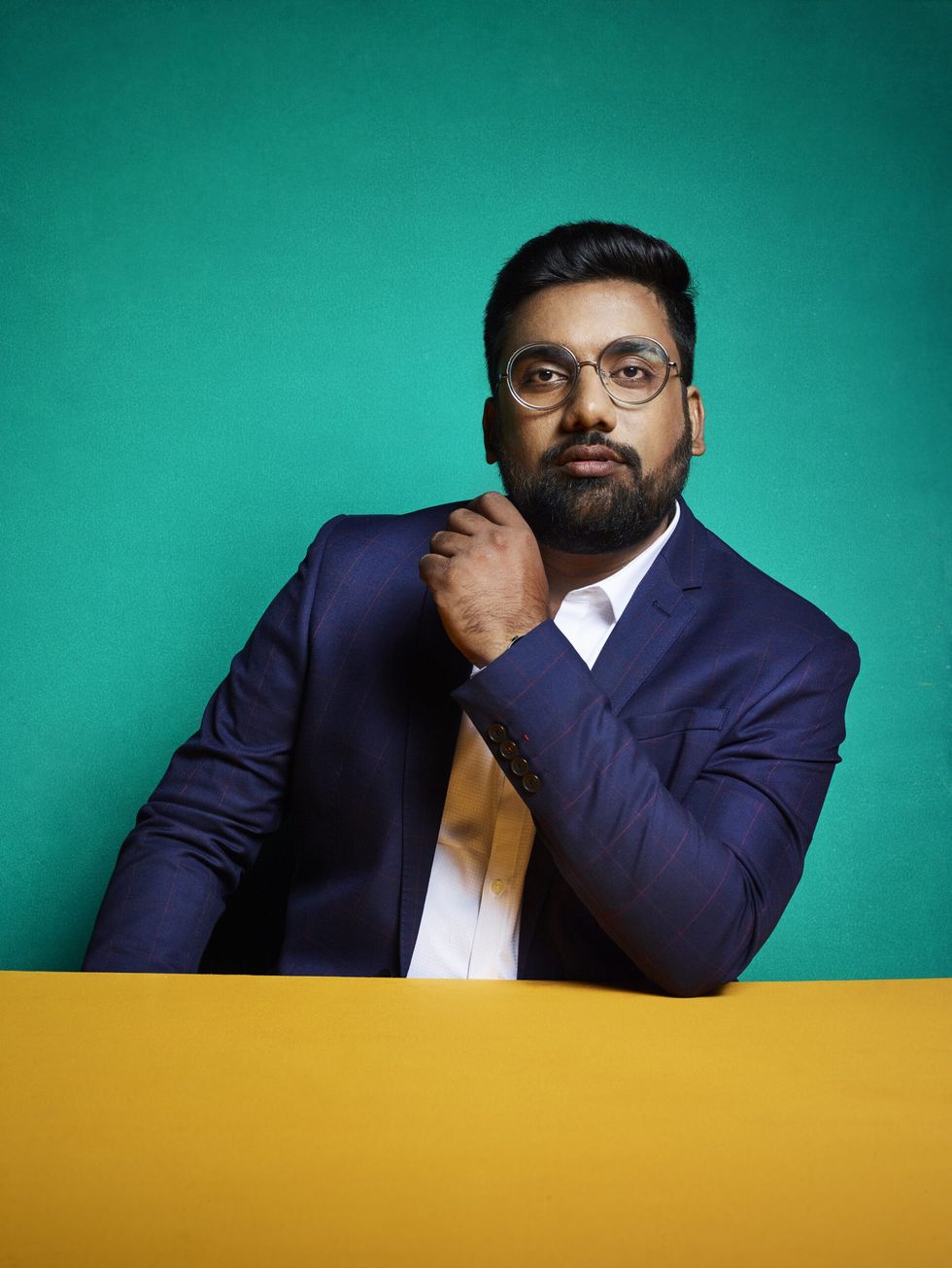
Manan Desai: The pioneer of urban stand-up comedy in Gujarat regularly extracts humor from cultural nuances. The comic and accomplished actor also delivers his unique brand of humour in Hindi. The co-founder of the Gujarati YouTube channel, The Comedy Factory, has 702,000 subscribers.
He has also participated in the reality show, Comedy Nights Bachao, and toured across the globe, including with his 2023 Gujarati-language show, Jati Rehje. His broadly anecdotal jokes connect with audiences of all ages.
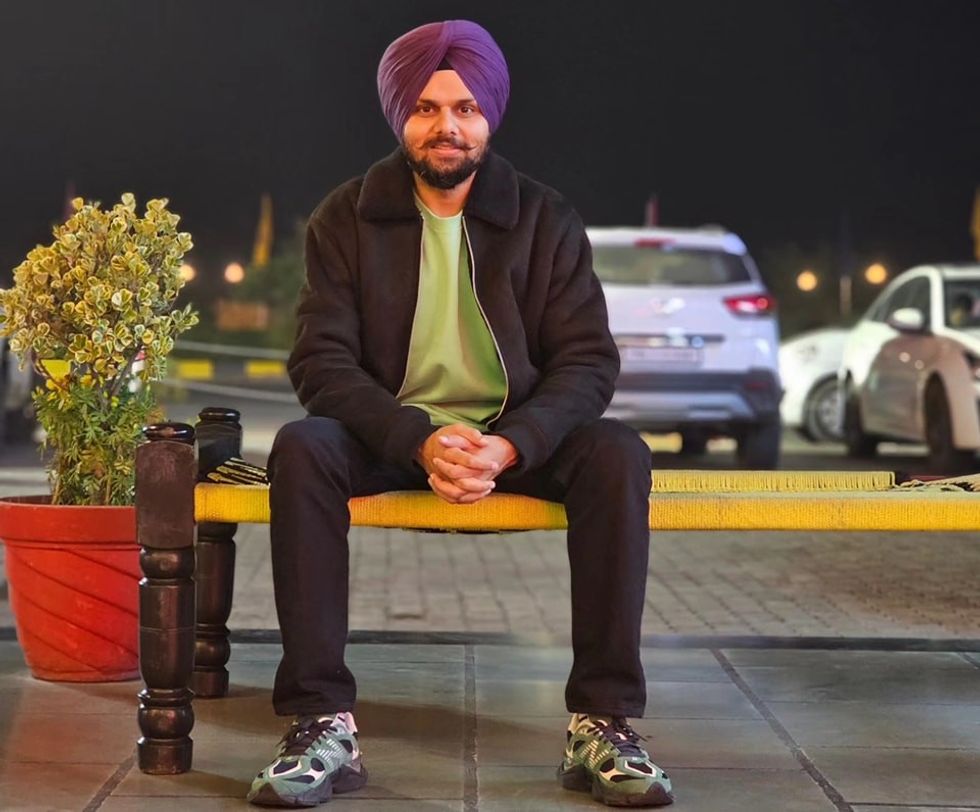
Jaspreet Singh: Known affectionately as Jassi, one of the most-loved stand-up comedians on the planet performs predominantly in Punjabi. Having been active in the Indian comedy scene since 2015, the comedian shot to fame in 2017 when his YouTube video, Dad, Savings Aur Milk, went viral. He has built a strong audience base over the years and people adore him for his unmatched observational skills, endearing Punjabi demeanour and weaving humour into the tapestry of everyday life. He has performed in over 60 cities worldwide.
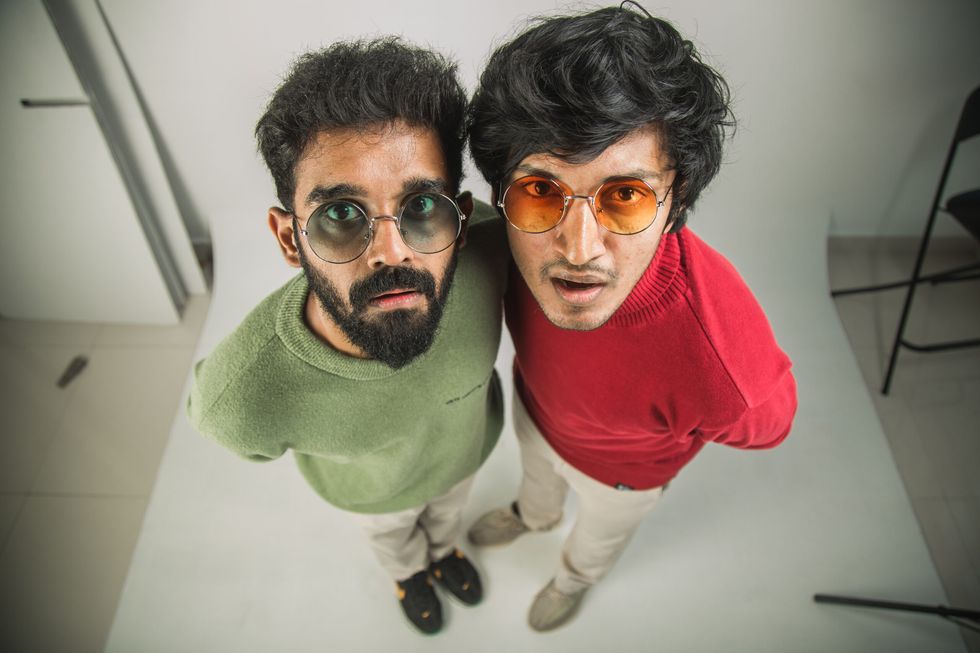
Abishek Kumar and Nirmal Pillai: The comedy duo shot to fame over the past three years, thanks to their relatable south Indian content. Today, they are credited as India’s most-watched crowd-work duo. They have performed their critically acclaimed interactive show The Reel to Real in London, Dubai, Dublin, Birmingham, Edinburgh and Malaysia, after a successful run across India. Their unique talent lies in their ability to deliver 100 per cent unscripted, improvised comedy, setting them apart as stand-up trailblazers.
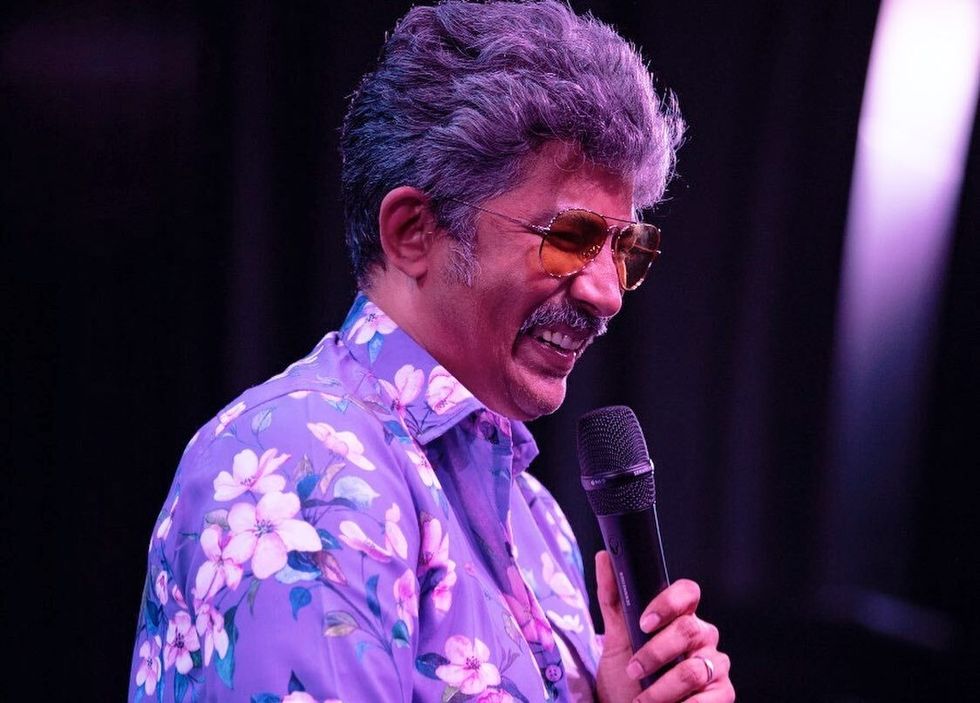
Karthik Kumar: The acclaimed Tamil actor turned to stand-up after making a name for himself in films. He now has over 1,000 shows under his belt and has performed globally, including in Britain, the US, Australia, New Zealand and across India.
His first special, Poke Me, has 1.8 million views on YouTube. His second and third specials, Second Decoction and Blood Chutney, respectively, are streaming on Amazon Prime. His live stand-up show, Aansplaining, has had successful international tours, including a stint in the UK.
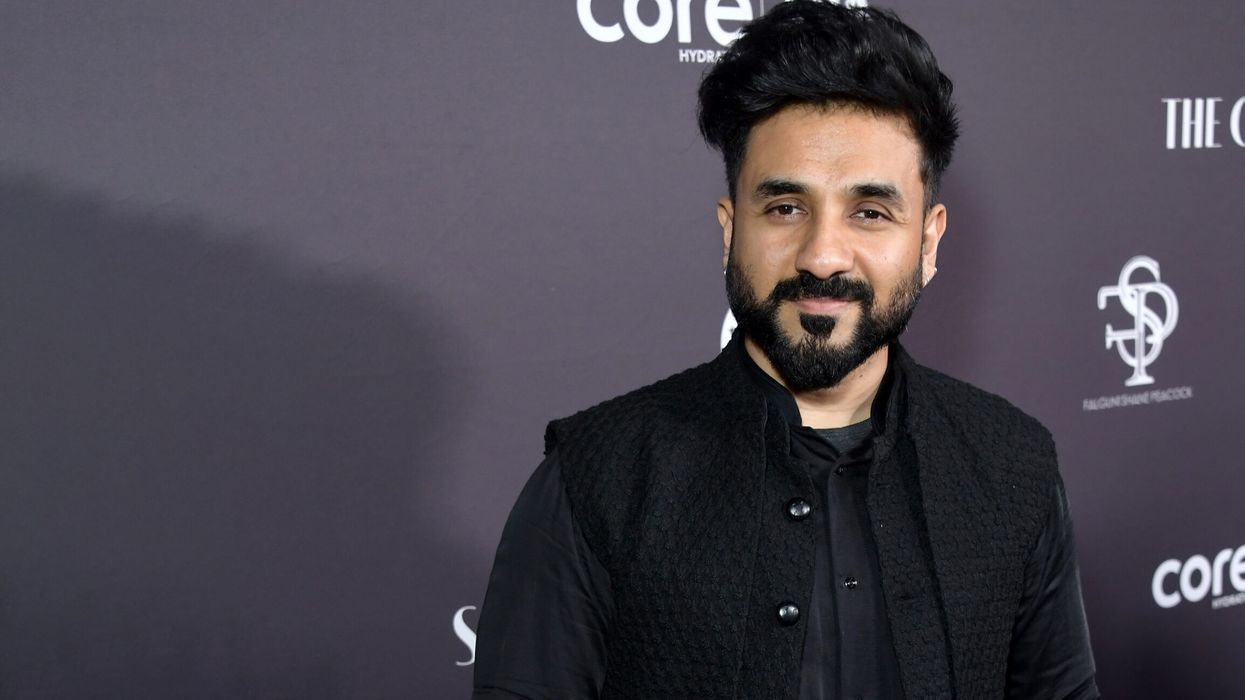
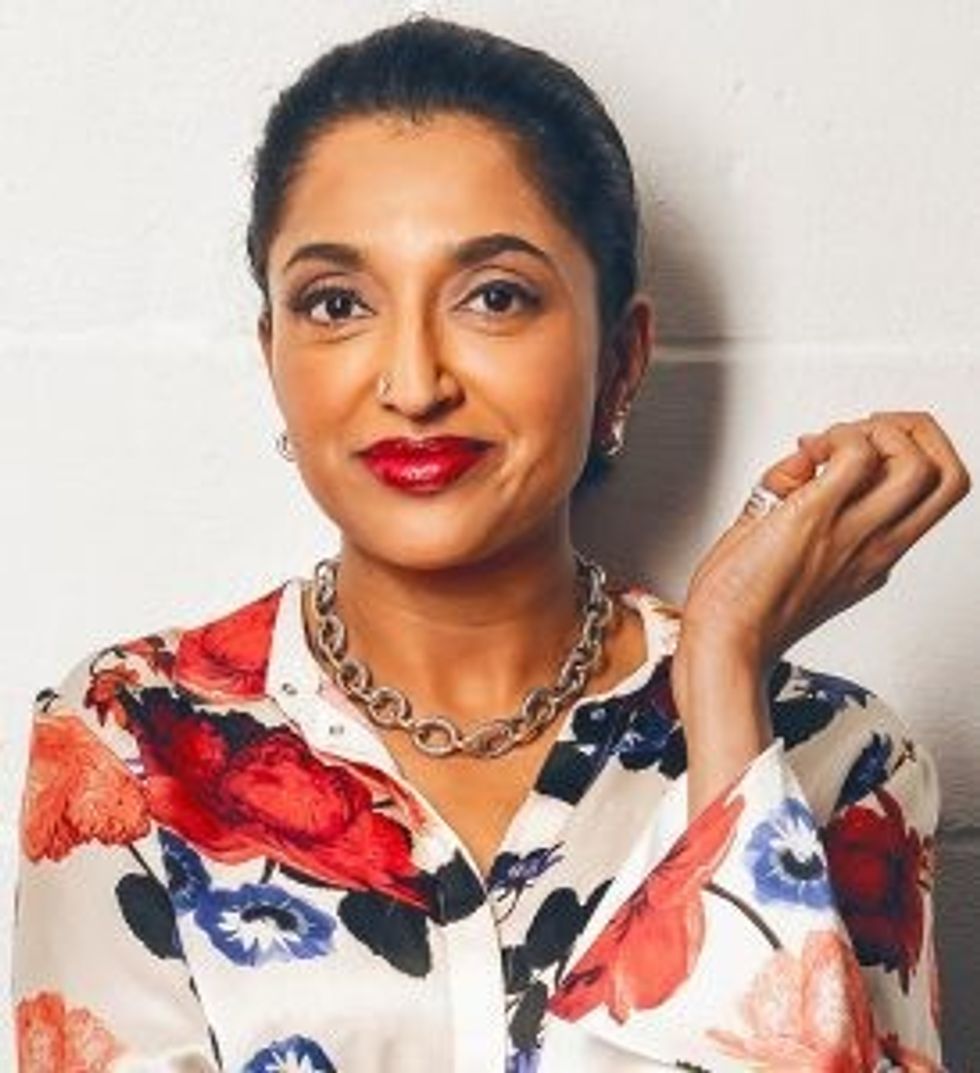




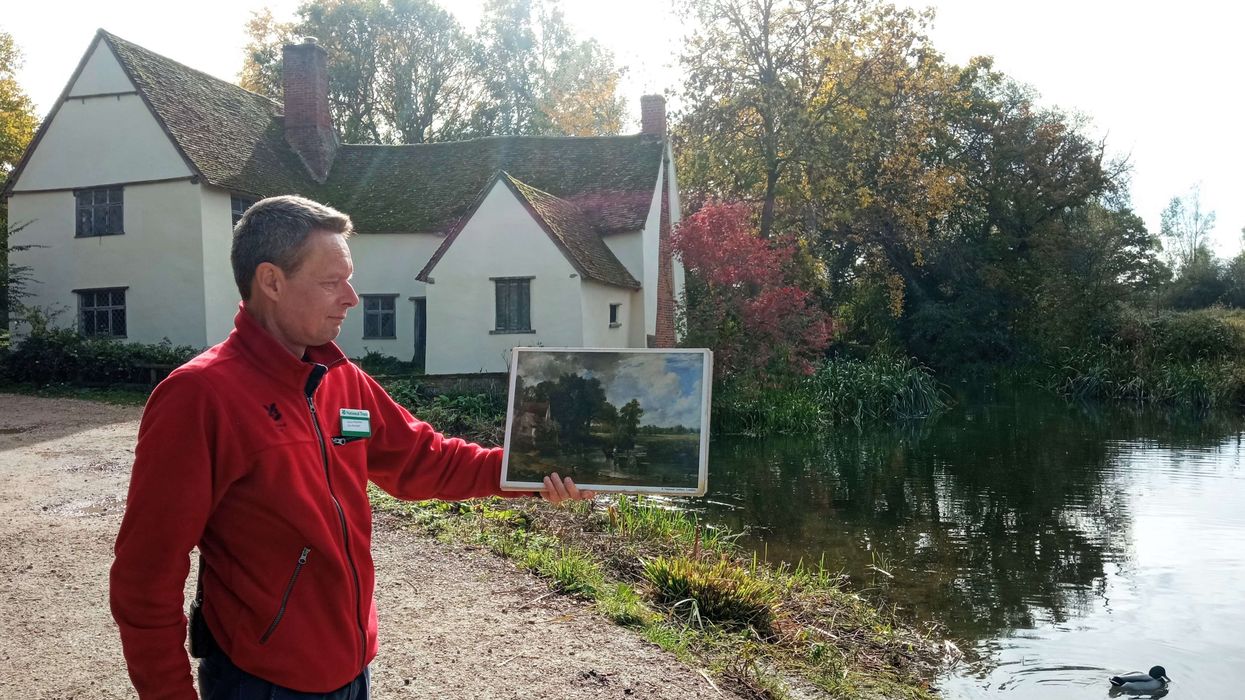
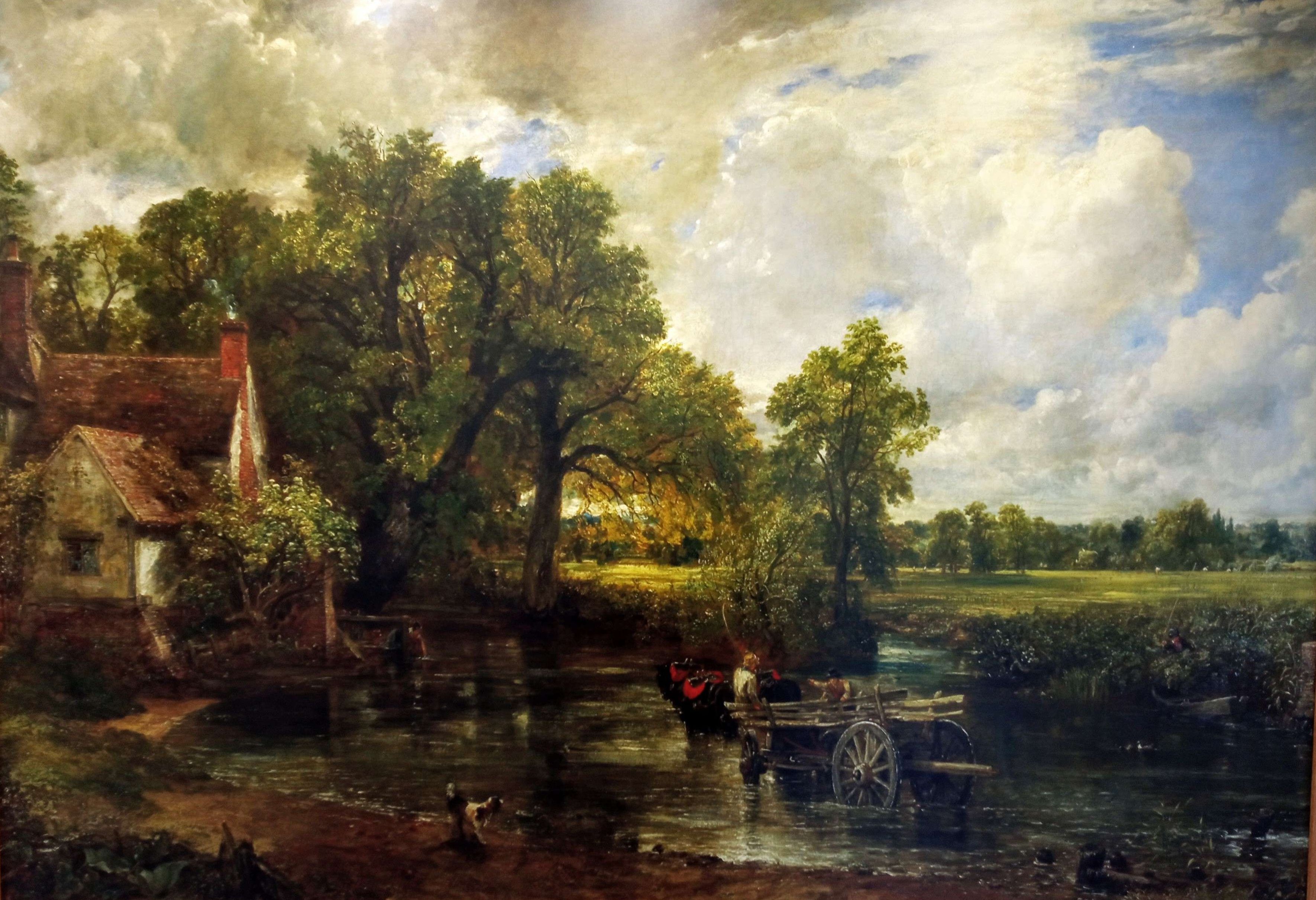 John Constable’s The Hay Wain
John Constable’s The Hay Wain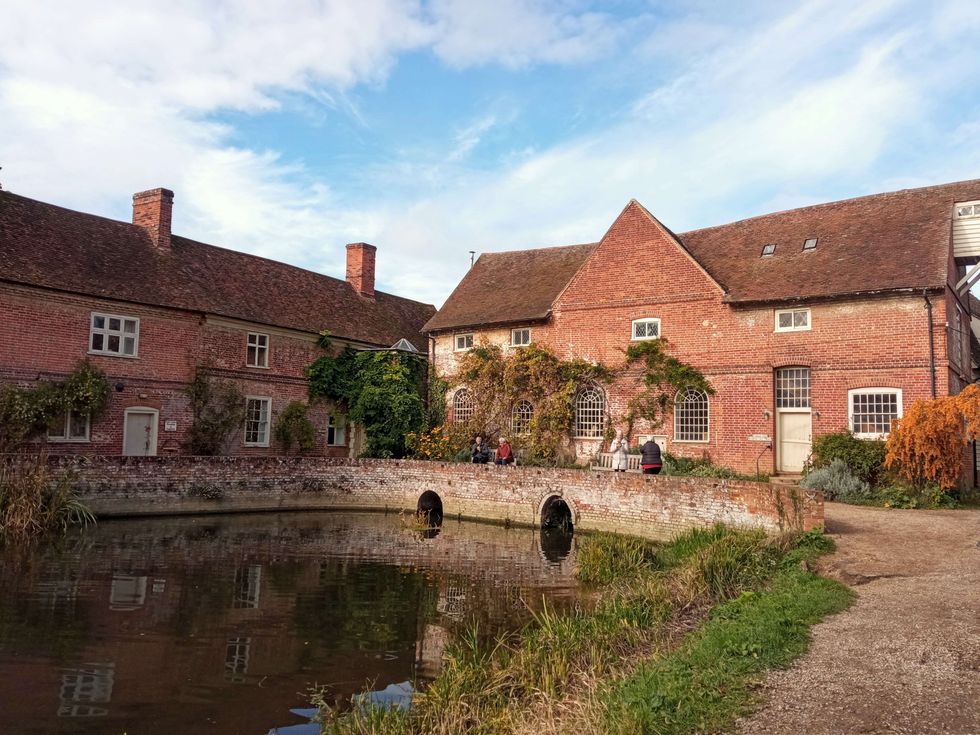 Buildings in Constable country
Buildings in Constable country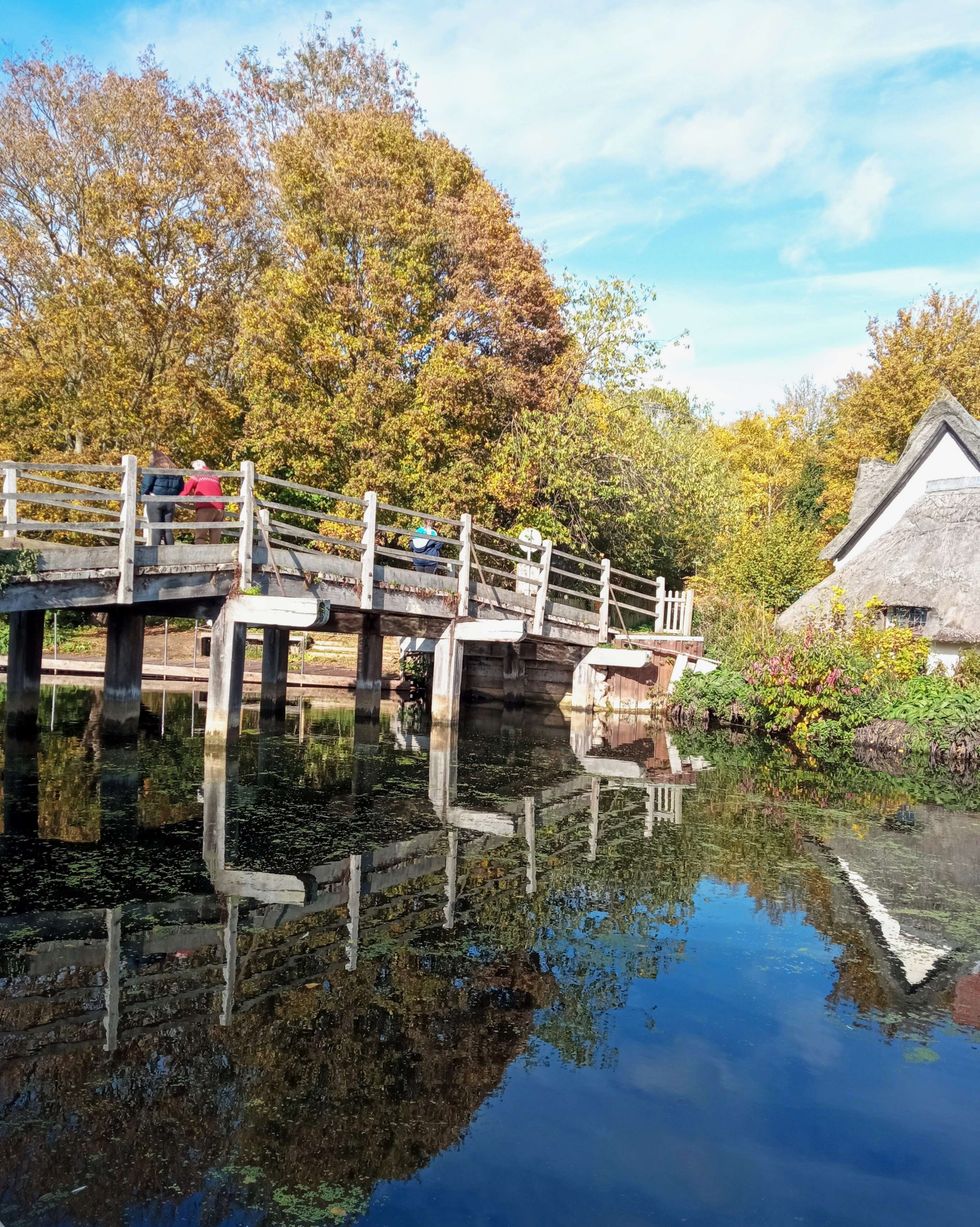 An old bridge in the hamlet
An old bridge in the hamlet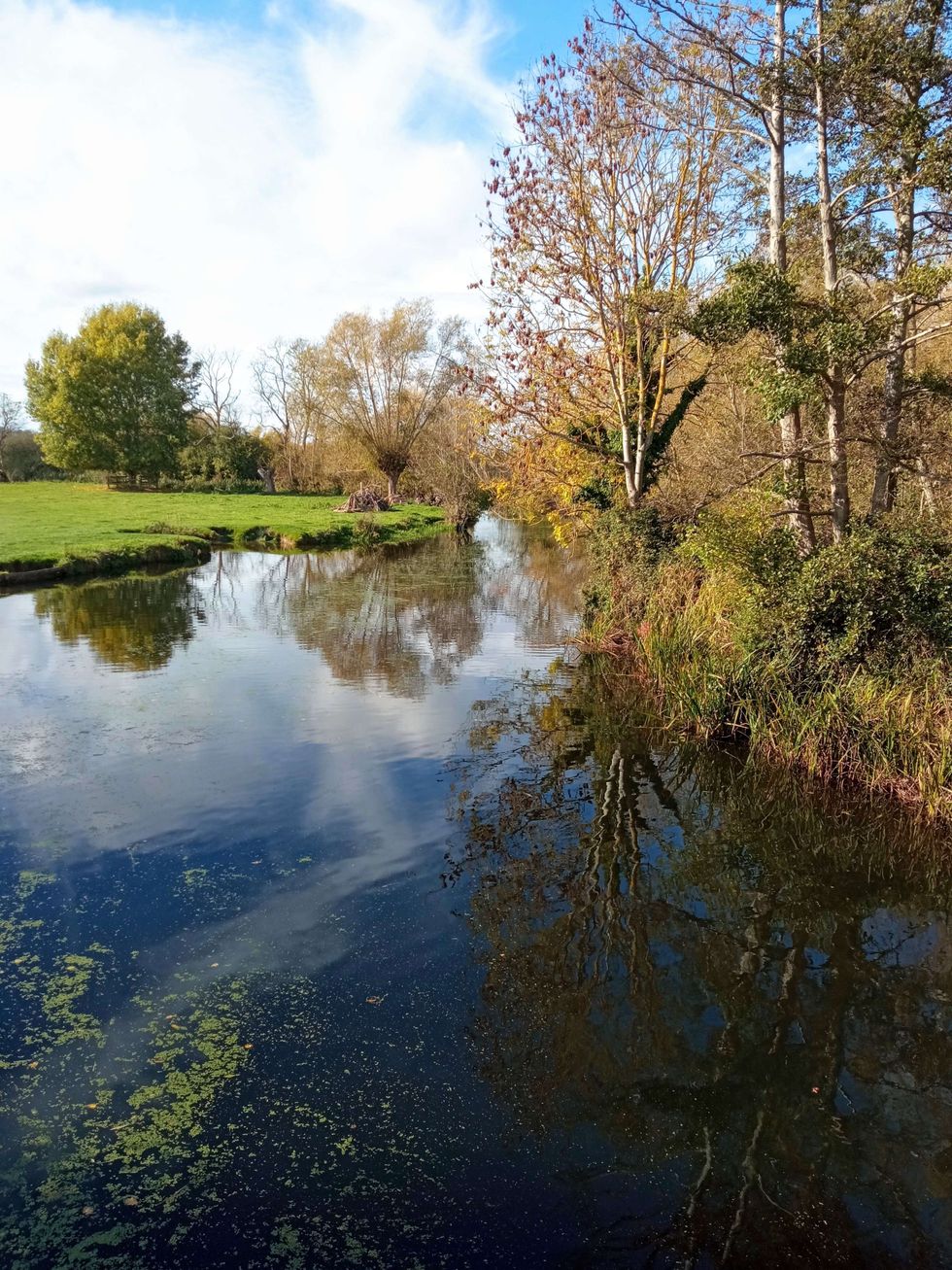 Constable country
Constable country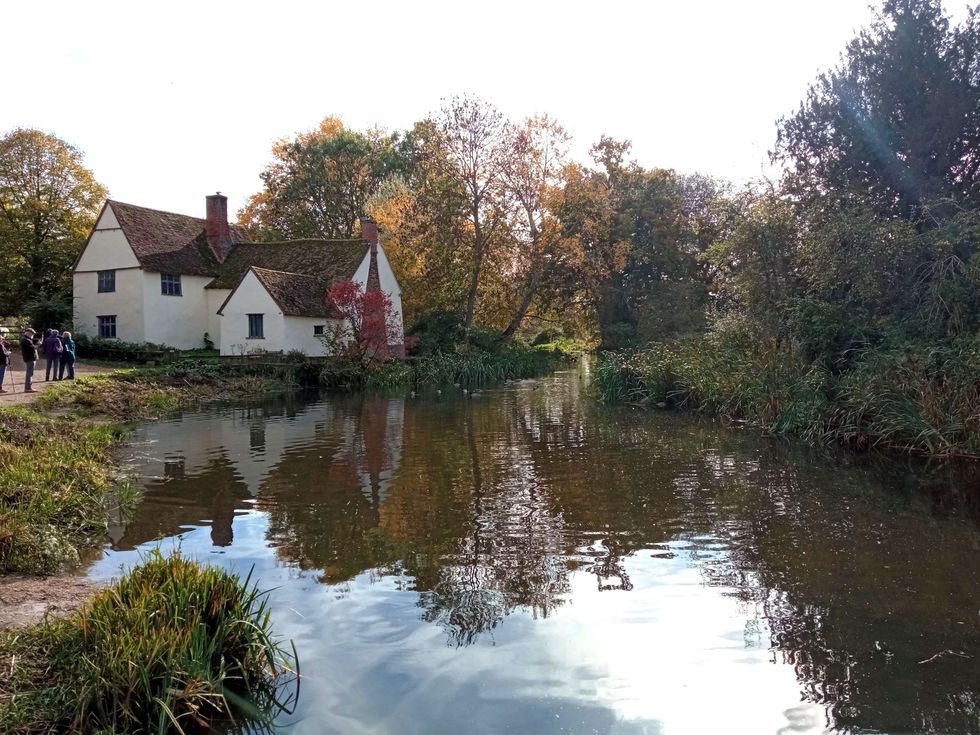 The riverside scene at Flatford in Suffolk as it appears today
The riverside scene at Flatford in Suffolk as it appears today  Constable country
Constable country

